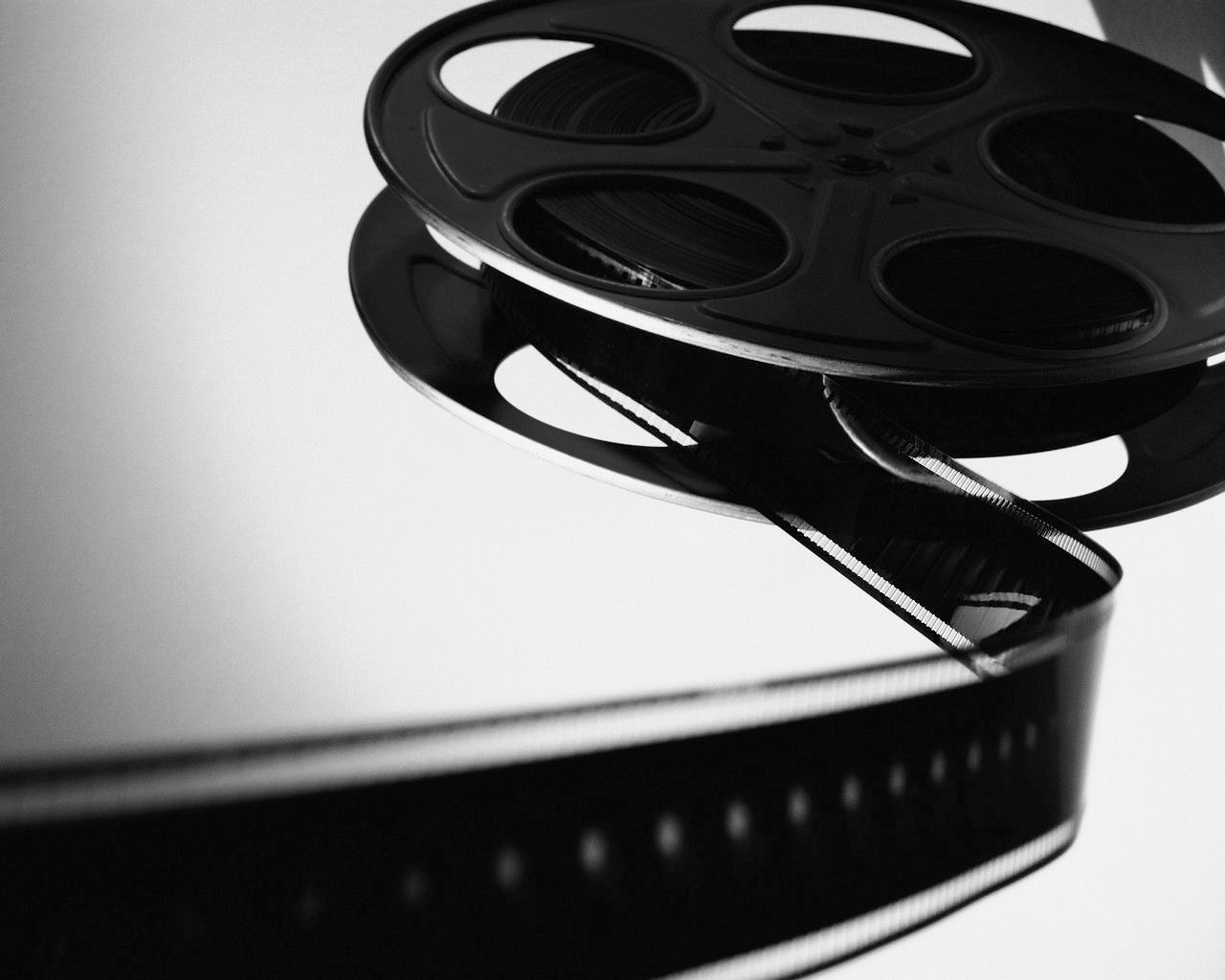The Ultimate Guide To Movie Rools: Discover The Secrets Behind Your Favorite Films
When it comes to the world of cinema, the term "movie rools" might not be the first thing that comes to mind. However, understanding the nuances and intricacies of film-making can significantly enhance your viewing experience. Whether you're a casual viewer or an aspiring filmmaker, diving into the components that make movies tick can open up a treasure trove of insights. This article explores the fascinating realm of movie rools, unraveling the rules, techniques, and conventions that shape the films we love.
In today's digital age, movies are more than just entertainment; they are a cultural phenomenon that influences society and reflects our collective values. From the storytelling techniques to the visual aesthetics, every aspect of a film is meticulously crafted to evoke emotions and provoke thought. The "movie rools" refer to the guidelines and principles that filmmakers adhere to in order to create compelling narratives and unforgettable cinematic experiences. Understanding these rools can not only elevate your appreciation for films but also inspire you to create your own masterpieces.
As we delve deeper into the world of movie rools, we will explore various elements such as character development, plot structure, cinematography, and editing techniques. Each of these components plays a crucial role in the overall success of a film, and mastering them can take your storytelling skills to new heights. So, grab your popcorn, sit back, and join us on this exciting journey through the captivating universe of movie rools!
What Are the Key Components of Movie Rools?
Understanding the key components of movie rools is essential for anyone interested in filmmaking or film appreciation. These components include:
- Storytelling: The backbone of any film, storytelling involves crafting a narrative that captivates the audience.
- Character Development: Characters are the heart of a film. Well-developed characters drive the plot and engage viewers.
- Cinematography: This refers to the visual style of the film, including camera angles, lighting, and shot composition.
- Editing: Editing is crucial for pacing and flow, helping to convey the story effectively.
How Do Movie Rools Influence Character Development?
Character development is a vital aspect of movie rools that shapes how audiences connect with the story. Here are some fundamental principles:
- Backstory: Providing a character’s background helps the audience understand their motivations.
- Growth Arcs: A strong character arc shows the transformation of a character throughout the film.
- Relatability: Characters that resonate with viewers often lead to a deeper emotional investment.
What Role Does Cinematography Play in Movie Rools?
Cinematography is the art of capturing visual imagery and is indispensable in conveying the film's mood and tone. Key elements of cinematography include:
- Camera Angles: Different angles can evoke various emotions and perspectives.
- Lighting: Proper lighting can create atmosphere and highlight specific elements in a scene.
- Shot Composition: The arrangement of visual elements within a frame can significantly impact storytelling.
Who Are the Trailblazers in the World of Movie Rools?
Throughout film history, many filmmakers have redefined the rules and techniques that govern cinema. Some of the most influential figures include:
- Alfred Hitchcock: Known as the "Master of Suspense," Hitchcock's innovative techniques in storytelling and editing have left a lasting legacy.
- Martin Scorsese: A pioneer in character-driven narratives, Scorsese's work often explores complex themes of identity and morality.
- Steven Spielberg: With a knack for blending genres and captivating audiences, Spielberg's films have shaped the landscape of modern cinema.
What is the Importance of Editing in Movie Rools?
Editing is a critical part of the movie-making process, impacting the film's overall coherence and pacing. Here are some key aspects:
- Continuity: Ensures that the story flows seamlessly from one scene to another.
- Pacing: Proper editing influences the film's rhythm and keeps the audience engaged.
- Emotional Impact: Editing can heighten emotional moments, effectively guiding audience reactions.
How Can You Apply Movie Rools in Your Own Films?
If you're an aspiring filmmaker, applying the principles of movie rools can help you create compelling stories. Here are some practical tips:
- Study Scripts: Analyze screenplays of successful films to understand structure and character development.
- Practice Cinematography: Experiment with various camera techniques to find your unique visual style.
- Edit Your Work: Take the time to edit your films rigorously, focusing on pacing and emotional resonance.
What Are Some Common Mistakes in Following Movie Rools?
Even seasoned filmmakers can fall into pitfalls when adhering to movie rools. Some common mistakes include:
- Pacing Issues: Rushing or dragging scenes can disrupt the film's flow.
- Weak Character Arcs: Failing to develop characters can lead to a disengaged audience.
- Ignoring Visual Storytelling: Relying solely on dialogue can diminish the film's impact.
Conclusion: Embrace the Movie Rools!
Understanding and mastering movie rools is essential for both filmmakers and film enthusiasts. By delving into the intricacies of storytelling, character development, cinematography, and editing, you can gain a deeper appreciation for the films you watch and perhaps even create your own cinematic masterpieces. So, whether you're watching a classic film or exploring new releases, remember the movie rools that make these stories come alive!
```
Unveiling The Roots: The Story Of Cardi B's Parents
Exploring The Life And Legacy Of Julia Arnaz
Discovering Movlerulz: A Cinematic Haven For Movie Enthusiasts


